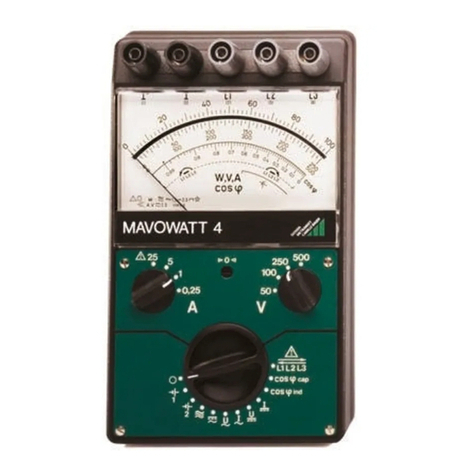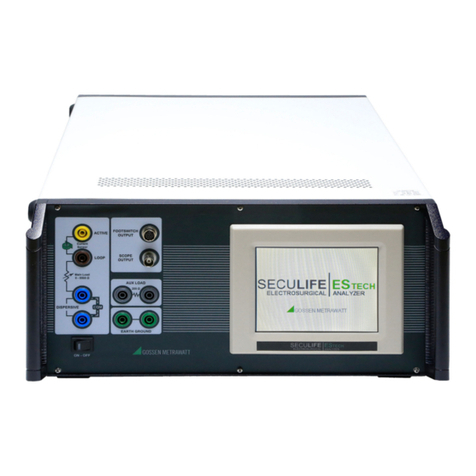Gossen MetraWatt lunasix Instruction Manual
Other Gossen MetraWatt Measuring Instrument manuals
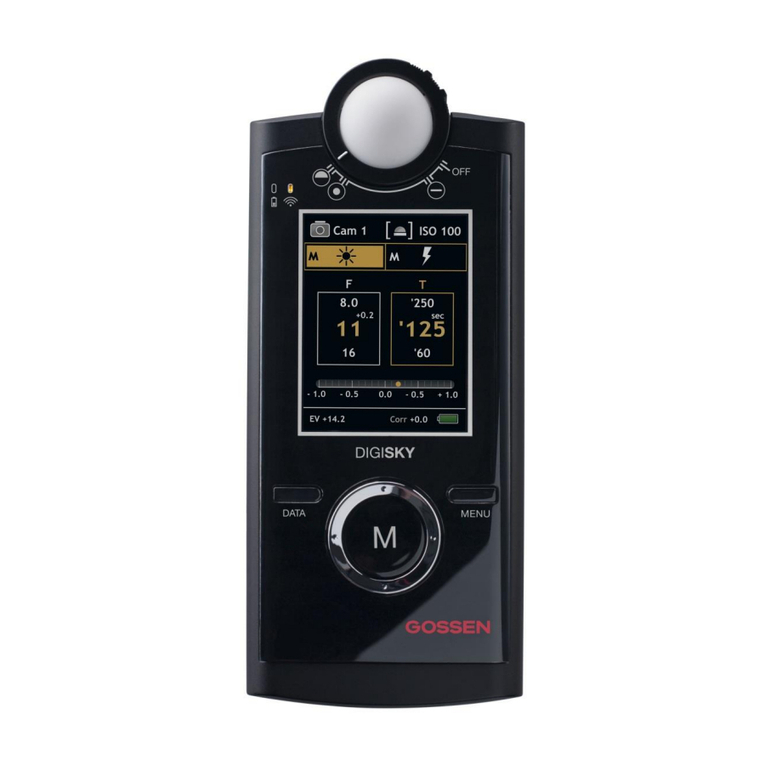
Gossen MetraWatt
Gossen MetraWatt DIGISKY User manual
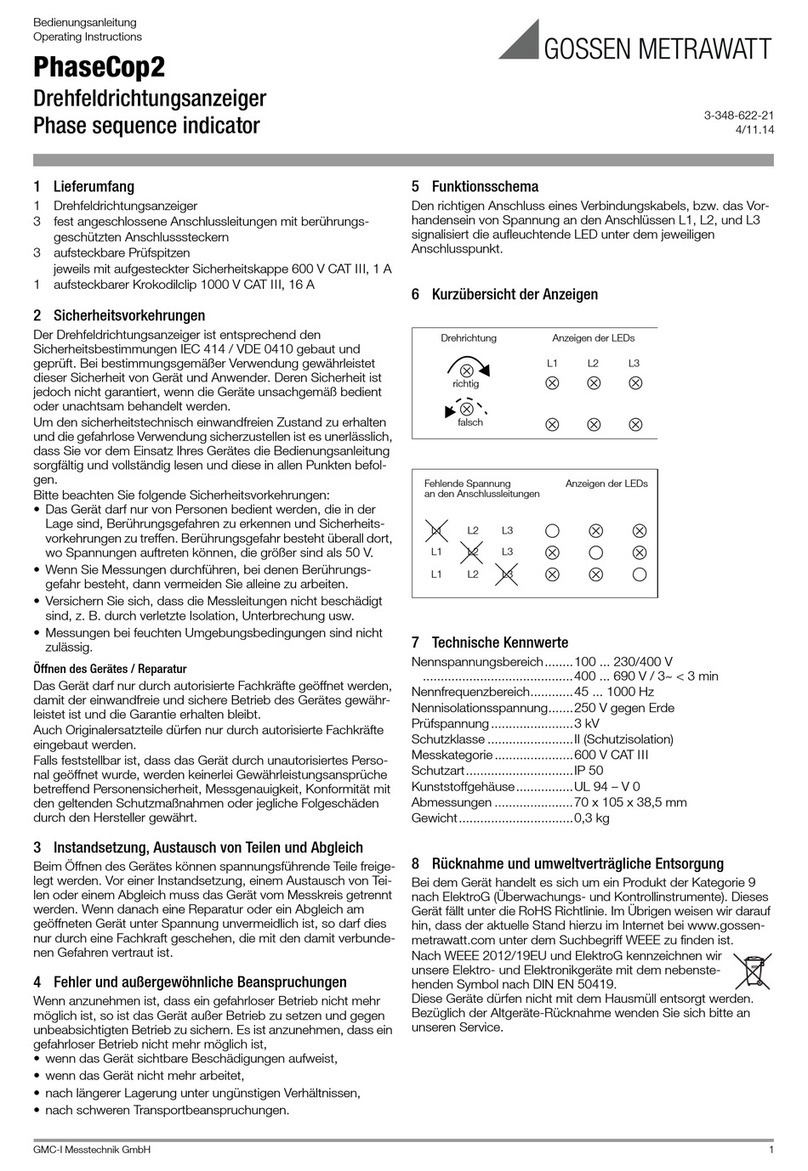
Gossen MetraWatt
Gossen MetraWatt PhaseCop2 User manual
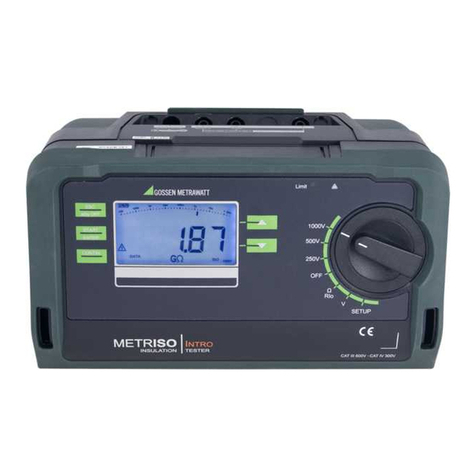
Gossen MetraWatt
Gossen MetraWatt PROFITEST Series Original instructions
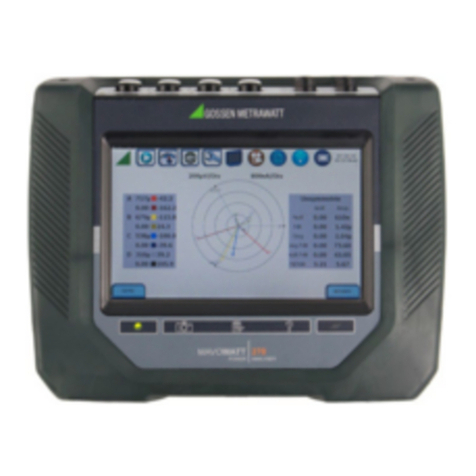
Gossen MetraWatt
Gossen MetraWatt MAVOWATT 230 Operating instructions

Gossen MetraWatt
Gossen MetraWatt METRACLIP EARTH User manual
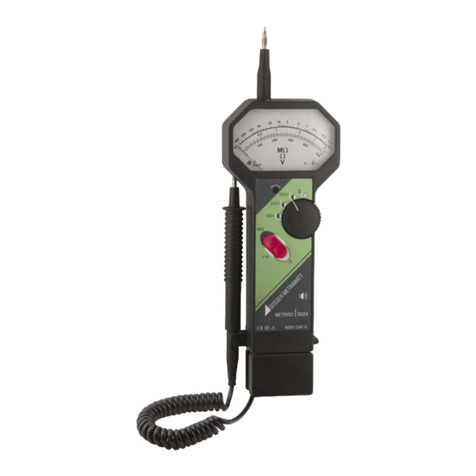
Gossen MetraWatt
Gossen MetraWatt METRISO 5024 User manual

Gossen MetraWatt
Gossen MetraWatt DIGISKY User manual
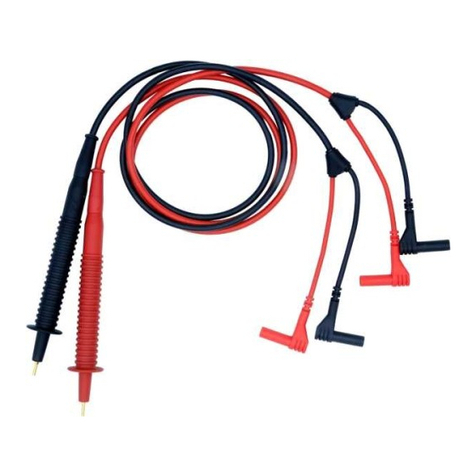
Gossen MetraWatt
Gossen MetraWatt Z227O User manual
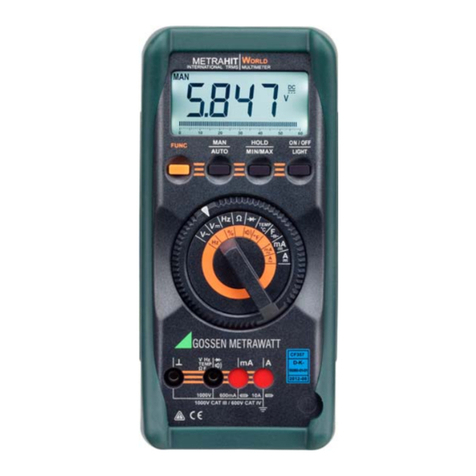
Gossen MetraWatt
Gossen MetraWatt METRAHIT WORLD User manual
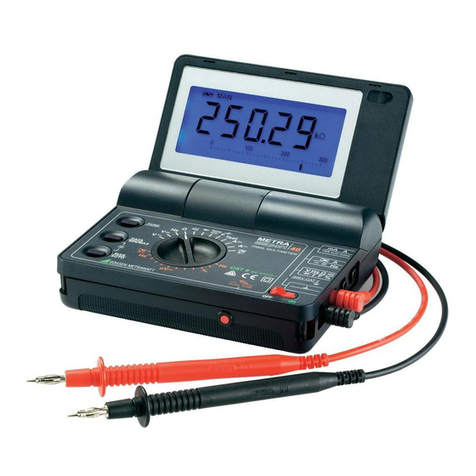
Gossen MetraWatt
Gossen MetraWatt METRAport 40S User manual
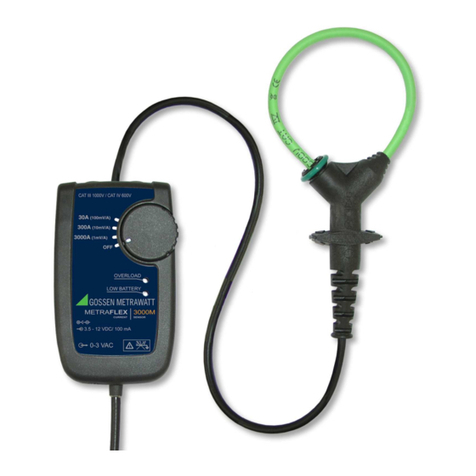
Gossen MetraWatt
Gossen MetraWatt METRAFLEX 300M User manual
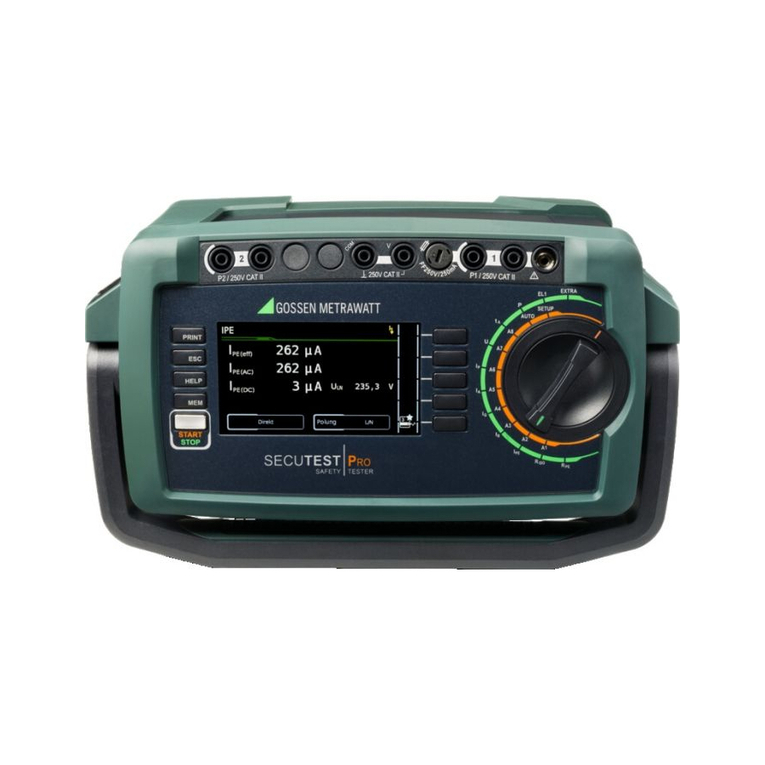
Gossen MetraWatt
Gossen MetraWatt SECUTEST PRO User manual
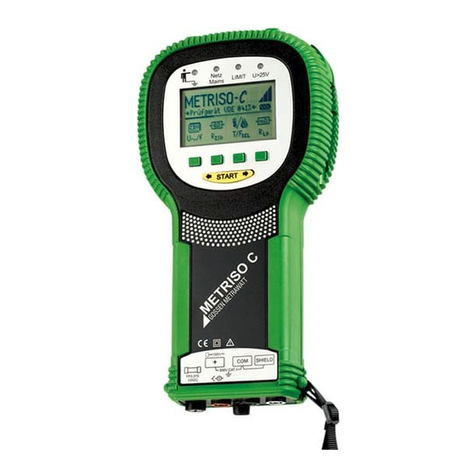
Gossen MetraWatt
Gossen MetraWatt METRISO C User manual

Gossen MetraWatt
Gossen MetraWatt METRAport 40S User manual
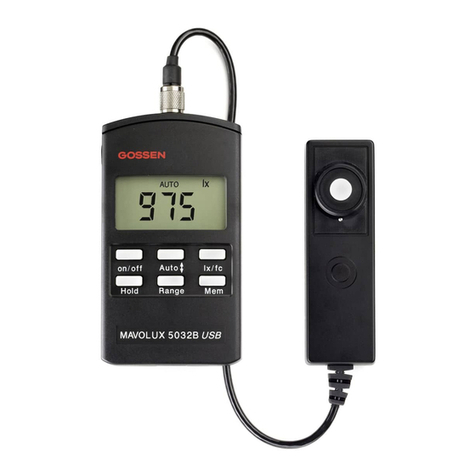
Gossen MetraWatt
Gossen MetraWatt MAVOLUX 5032C USB User manual
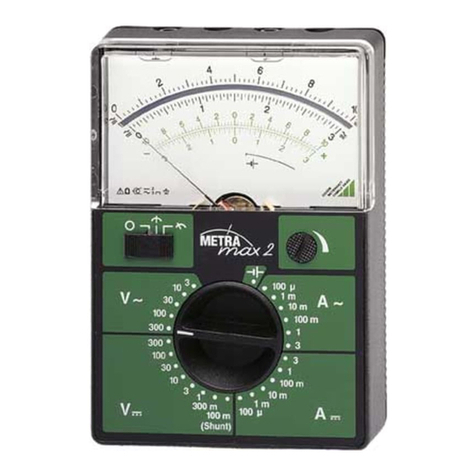
Gossen MetraWatt
Gossen MetraWatt METRAmax 2 User manual

Gossen MetraWatt
Gossen MetraWatt CLIMO FM User manual

Gossen MetraWatt
Gossen MetraWatt mavolog pro User manual
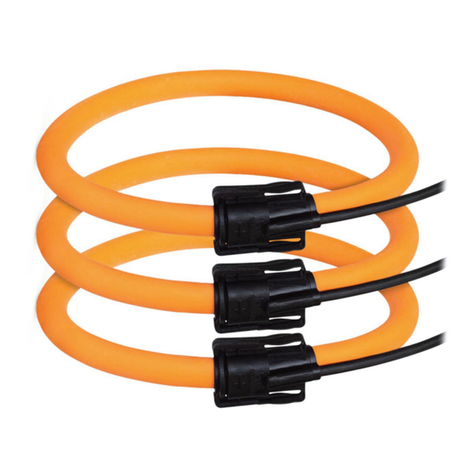
Gossen MetraWatt
Gossen MetraWatt MAVOWATT 210 ROGOWSKI User manual
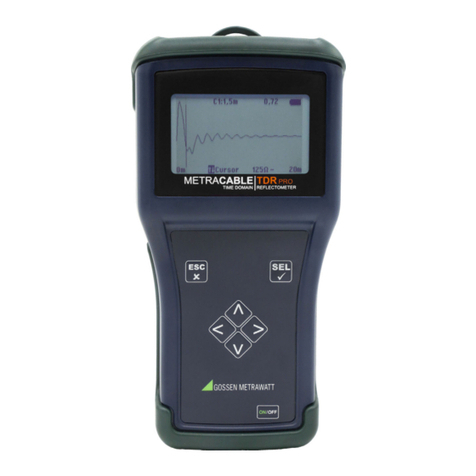
Gossen MetraWatt
Gossen MetraWatt METRACABLE TDR PRO User manual

